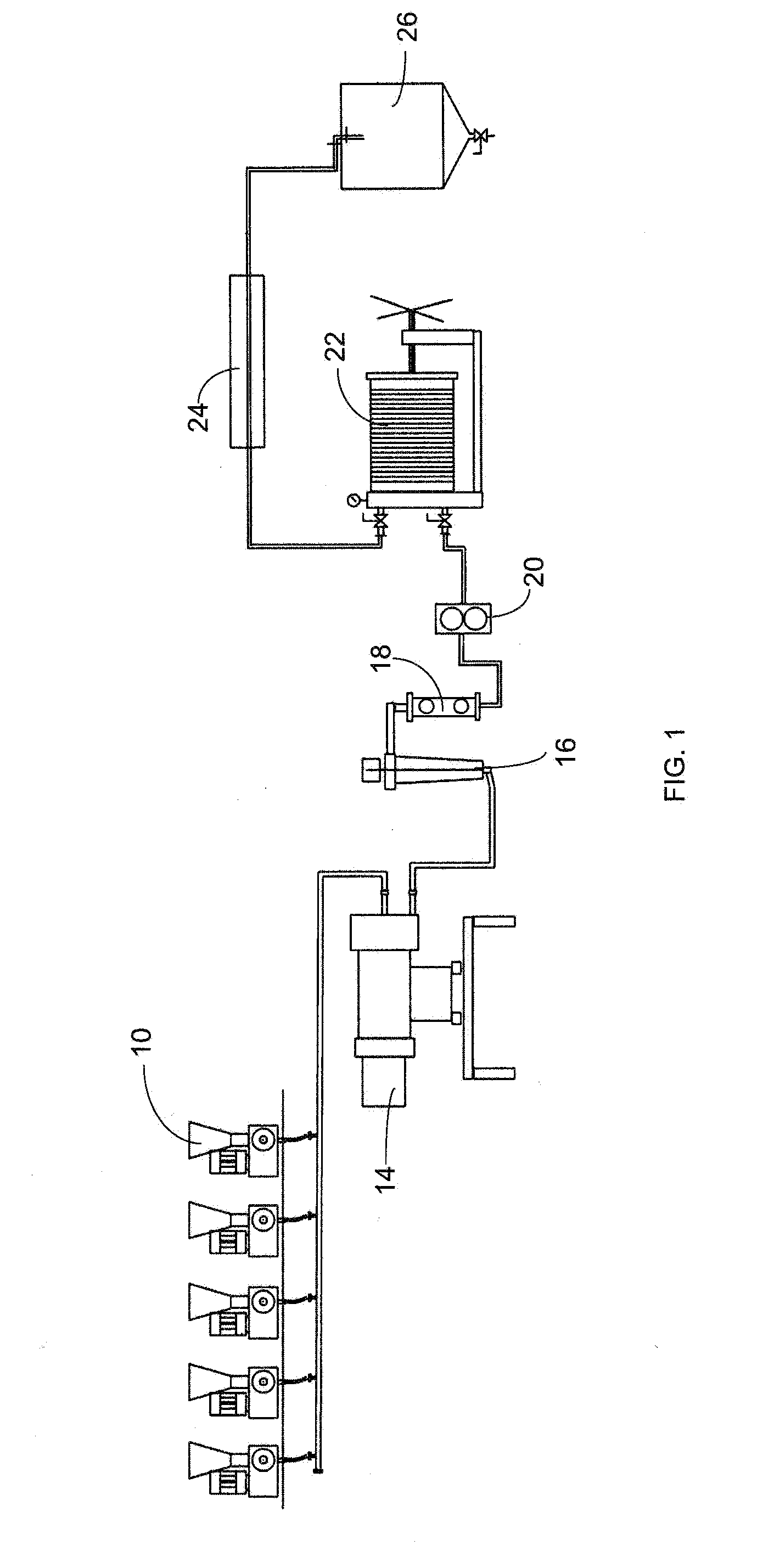Nutritional food oil compositions and methods of making same
a technology of food oil composition and essential fatty acid, which is applied in the direction of biocide, plant growth regulator, plant ingredients, etc., can solve the problems of significant number of fatty acid molecules being damaged or transformed into toxic molecules, and many beneficial substances found in natural seed oils, including ala and la, are removed or damaged by commercial processing methods,
- Summary
- Abstract
- Description
- Claims
- Application Information
AI Technical Summary
Benefits of technology
Problems solved by technology
Method used
Image
Examples
Embodiment Construction
[0021]The present invention describes nutritional food oil compositions containing proportioned amounts of omega-3 and omega-6 fatty acids and methods for preparing the compositions. Preparation of the compositions using the methods of the invention minimizes chemical changes in chemically reactive molecules, particularly in the unsaturated carbon-carbon double bonds of hydrocarbon chains in fatty acids of plant constituents.
[0022]The present invention provides a nutritional food oil composition that includes the omega-3 fatty acid alpha-linolenic acid (ALA) and the omega-6 fatty acid linoleic acid (LA), both being derived from seed oil sources and preferably from seeds grown organically, and the highly unsaturated fatty acid docahexaenoic acid (DHA) preferably being derived from an algal source. The ALA and LA comprise at least 65% of the composition by weight and the ratio of the amount of ALA to the amount of LA by weight may be in the range of 1.5:1 to 6:1, and the DHA is presen...
PUM
 Login to View More
Login to View More Abstract
Description
Claims
Application Information
 Login to View More
Login to View More - R&D
- Intellectual Property
- Life Sciences
- Materials
- Tech Scout
- Unparalleled Data Quality
- Higher Quality Content
- 60% Fewer Hallucinations
Browse by: Latest US Patents, China's latest patents, Technical Efficacy Thesaurus, Application Domain, Technology Topic, Popular Technical Reports.
© 2025 PatSnap. All rights reserved.Legal|Privacy policy|Modern Slavery Act Transparency Statement|Sitemap|About US| Contact US: help@patsnap.com

